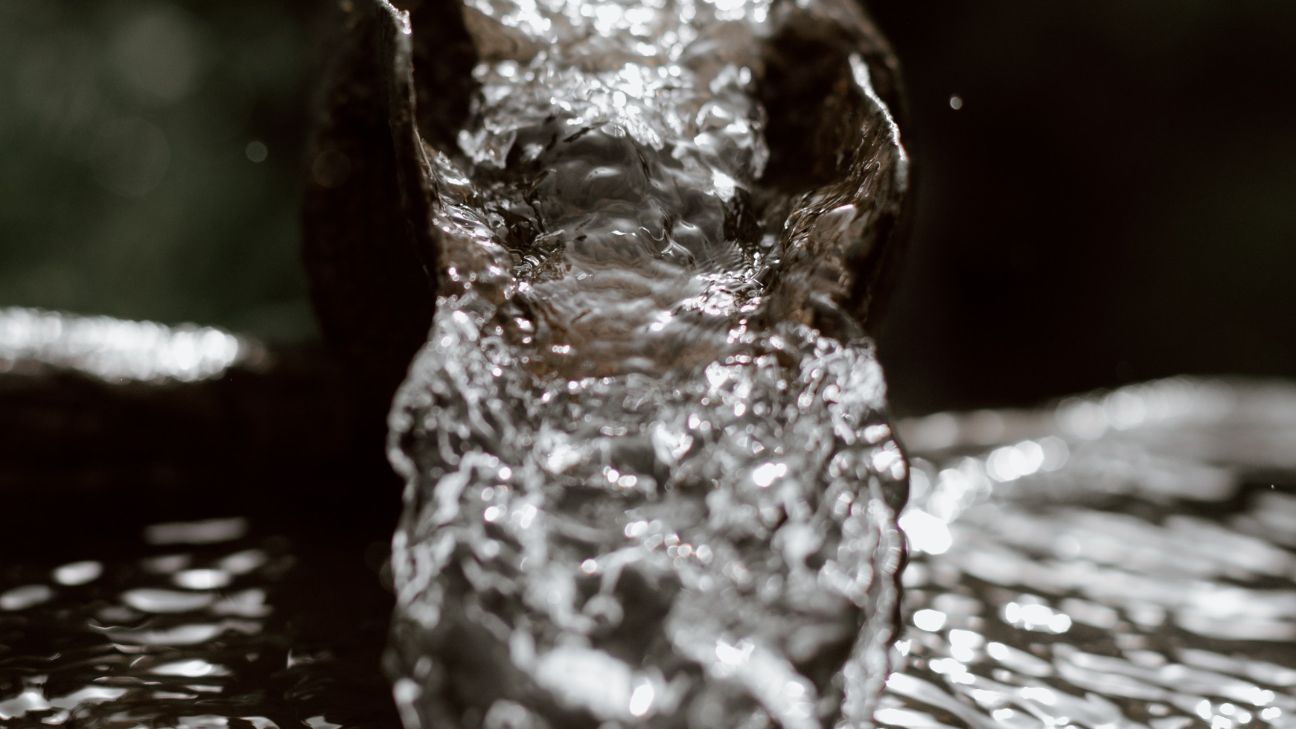Maximize Your Water Usage & Decrease Your Water Bill
What is Greywater & How it Will Change Your Life
Why build a greywater recycling system? Greywater refers to water that has been used for household cleaning and bathing, but not for the toilet. While you wouldn’t want to drink or bathe with greywater or use it for household cleaning, it can be used for irrigating your lawn or garden.
What can recycled greywater be used for?
- Gardening
- Lawn
- Shrubs
- Potted plants
- Trees
- and flushing toilets
If you are thinking about using more sustainable practices in the home and garden, a greywater system is a great way to utilize water that would otherwise go into the sewer system. In addition to conserving water, you’ll be saving money on utilities while providing irrigation to your lawn and garden.
Grey water Recycling System Residential DIY
If the thought of building a greywater system that connects to all drains (besides the toilet drain) in the house is intimidating, don’t worry! We’ll go over a simple DIY build that utilizes greywater from your washing machine. You’ll be able to collect plenty of greywater this way, and this is the most cost-effective system you can have. Here are the steps to building this type of system:
Supplies
PVC pipe with the same diameter as your washing machine drain hose (most washing machine drain hoses are between 1” and 1.5” in diameter)
- PVC elbow (as needed)
- 3-way valve
- Mounting hooks
- Antisiphon
- PVC tee fitting
- Barrel, tank, or other greywater receptacle

How to Build a Greywater Recycling System DIY From Your Washer
Step 1
Create an outlet to accommodate the hose that will drain the washing machine. You will probably have to drill a hole in the wall behind the washing machine.
Step 2
Disconnect the washing machine from the sewage system, and attach the drain hose to the inlet of the 3-way valve. Attach one outlet port to your sewage line, and the other outlet port to the pvc pipe that will divert your greywater. Mount your 3-way valve behind and above your washing machine. This is important, as you want to utilize gravity.
Step 3
Using pvc pipe and elbows, create a pathway for the greywater to go through the outlet you created. Use mounting hooks as necessary.
Step 4
On the outside of the house, attach the inlet of the pvc tee fitting to the pvc drainpipe coming from the washing machine. Attach the antisiphon to the top outlet, and another pvc pipe into the bottom outlet of the tee fitting. The antisiphon will help prevent backflow of greywater into your washing machine, and this additional pvc pipe will drain into your collection barrel or tank.
Step 5
You’re ready to start using graywater! Just remember to use biodegradable and nontoxic laundry detergent.
Tips On Building and Maintaining Your Greywater System
- Plan out your system and measure the greywater pathway before you get started. It might be best to figure out what receptacle you want for your greywater, that way you know how much clearance you need. Make sure to get fittings the same size as your drainpipe, or you’ll have to make extra shopping trips.
- Keep in mind that washing machines use a lot of water. Confirm the amount of water your machine uses, how often you do laundry, and use this information to choose the size of your greywater receptacle.
- Minimize exposure to greywater. While grey water might be perfectly fine for irrigation, it can be harmful to people or animals. Make sure no accidental contact with greywater occurs by draining it directly into soil.
- Use greywater as soon as possible. Even though greywater is clean enough to irrigate with, it can start to smell bad after a few days.

